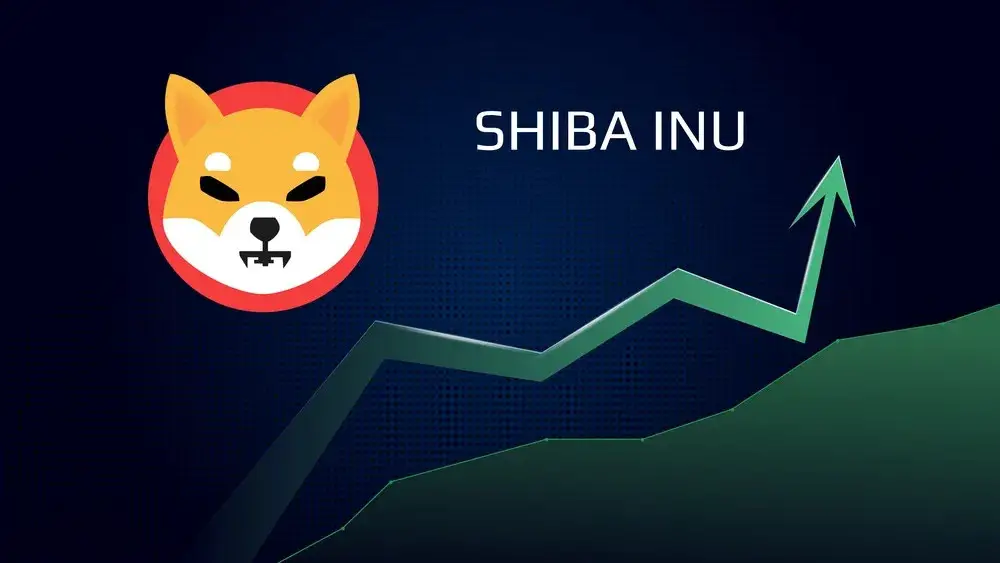This is an opinion editorial by Mickey Koss, a West Point graduate with a degree in economics. He spent four years in the Infantry before transitioning to the Finance Corps.
This article is not financial advice — just a financially illiterate psychopath doing some math.
As bitcoin’s price crashes, I found myself thinking about Michael Saylor and his strategic use of debt to outstack basically everyone else in the world. It got me thinking, maybe I could do something similar. A pretty standard dollar-cost averaging (DCA) is a daily buy to the tune of $20–$25 a day for a pleb on a budget.
The question I had is what it would look like if I were to convert a $20 daily DCA into a debt payment and bring those future sats into the present.
To compare the two, I got a quote for a personal loan, getting as close to the $20 a day DCA payment as possible. The actual quote is below.
The price at the time of this writing is $22,180. Let’s assume a $25,000 bitcoin price, just to add a little conservatism into the calculation.
At $25,000, a $36,000 loan will grant you 1.44 bitcoin. If you multiply the $605.26 monthly payments by the 84-month loan term, you can see that the loan will cost you $50,841.84.
If we divide $50,841.84 by 1.44, we get a bitcoin price of $35,306.83 for you to break even when compared to the cost of the loan. If you think bitcoin will be above $35,000 in seven years, this seems like a pretty good deal to me.
But what about the DCA?
A $20 purchase at $25,000 bitcoin is 80,000 sats. If we take the 1.44 BTC above, or 144,000,000 sats, and divide it by the 80,000 sat DCA, you get 1,800. This means that at a constant price of $25,000, it would take you 1,800 days to DCA into 1.44 BTC at $20 a day, or 4.9 years.
So, essentially, if bitcoin was to stay at $25,000 or below for the next five years, the $20 a day DCA strategy is mathematically better. But if you think that BTC will generally keep rising over time, it may be beneficial to convert your DCA into a loan. Even with that 10% interest rate, bitcoin would only need to exceed $35,000 at the end of the seven-year term for you to come out on top. Honestly, it seems kind of conservative to me.
Michael Saylor’s strategy is starting to look pretty appealing at these price levels. While I can’t, in good conscience, recommend this to anybody, I thought it was an interesting micro example which sheds a little light on where Saylor’s head might be.
Happy stacking. I always love these fire sales.
Just to reiterate one last time: Definitely do not do this. This is not financial advice.
This is a guest post by Mickey Koss. Opinions expressed are entirely their own and do not necessarily reflect those of BTC Inc. or Bitcoin Magazine.
Credit: Source link






















 Bitcoin
Bitcoin  Ethereum
Ethereum  XRP
XRP  Tether
Tether  Solana
Solana  USDC
USDC  Dogecoin
Dogecoin  Cardano
Cardano  Lido Staked Ether
Lido Staked Ether  TRON
TRON  Wrapped Bitcoin
Wrapped Bitcoin  Wrapped stETH
Wrapped stETH  Chainlink
Chainlink  Avalanche
Avalanche  Sui
Sui  Stellar
Stellar  Litecoin
Litecoin  Shiba Inu
Shiba Inu  Toncoin
Toncoin  Hedera
Hedera  LEO Token
LEO Token  USDS
USDS  Hyperliquid
Hyperliquid  Polkadot
Polkadot  WETH
WETH  MANTRA
MANTRA  Bitcoin Cash
Bitcoin Cash  Bitget Token
Bitget Token  Ethena USDe
Ethena USDe  Wrapped eETH
Wrapped eETH  Uniswap
Uniswap  Monero
Monero  NEAR Protocol
NEAR Protocol  Pepe
Pepe  WhiteBIT Coin
WhiteBIT Coin  Aave
Aave  Ondo
Ondo  Bittensor
Bittensor  Aptos
Aptos  Internet Computer
Internet Computer  Dai
Dai  Official Trump
Official Trump  Ethereum Classic
Ethereum Classic  Tokenize Xchange
Tokenize Xchange  Mantle
Mantle  OKB
OKB  Gate
Gate  sUSDS
sUSDS  Coinbase Wrapped BTC
Coinbase Wrapped BTC 
